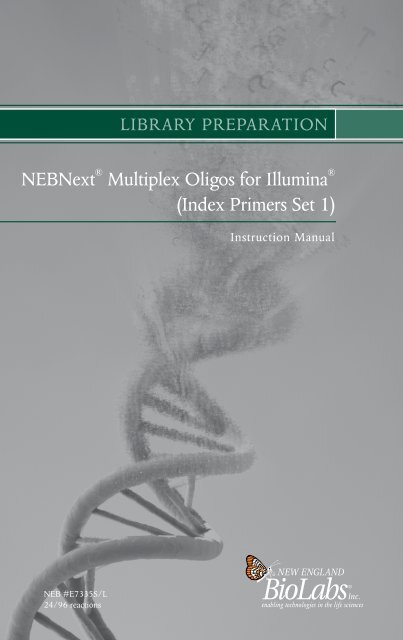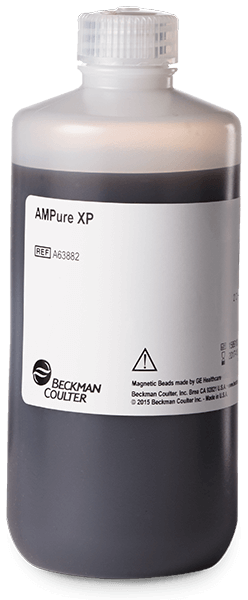I wanted to talk a little about the selection characteristics of Agencourt’s AMPure beads, a bead-reagent combination that purifies PCR reactions.

This stuff is incredible in terms of simplicity, efficiency, and high-throughput compatibility. I have a sneaking suspicion that AMPure, not unlike fire to Prometheus, was handed down from the gods to benefit humanity. You just dunk it into your sample, slosh it around, stick it to a magnet, wash, wash again, and elute in your favorite buffer. No muss, no fuss.
Agencourt AMPure XP (Beckman Coulter, Cat. A63880), 70% ethanol (provided by the user; made fresh), a magnetic separation device for 0.2-ml tubes/tube strips or a 96-well plate (provided by the user).



We were wondering, though, about its selection process. What size fragments are selected by the AMPure beads, specifically at which ratio of beads to sample? So, like diligent scientists, we rolled up the sleeves of our labcoats and… read the protocol.
- Beckman Coulter Life Sciences is taking actions in the best interests of our associates, customers, and business partners as we navigate the growing threats of the 2019 Novel Coronavirus disease (COVID-19).
- AMPure XP Manual or Automated Purification & Cleanup Nucleic acid purification and cleanup are mandatory for genomic applications including sequencing, qPCR/ddPCR/PCR, microarrays and other enzymatic reactions.
- Purify sample using AMPure XP beads 18 Step 4. Assess quality 20 Step 5. DA-Tail the 3' end of the DNA fragments 22 Step 6. Purify the sample using AMPure XP beads 23 Step 7. Ligate the methylated adapter 24 Step 8. Purify the adapter-ligated DNA using AMPure XP beads 25 Step 9. Assess quality and quantity 26. 3 Sample Preparation (1.
Ampure Xp Manual
The protocol recommends washing your sample in a 1.8:1 ratio of beads to sample, although it says that fragments less than 100bp will be omitted at this ratio, it doesn’t say which sized fragments will be selected. We found this remarkably helpful technical bulletin, which describes calibrating each batch of AMPure beads with various ratios of DNA ladder.
So I did our very own calibration with AMPure beads using Fermentas’s GeneRuler™ Low Range DNA Ladder (25-700 bp). I added 30ul ladder to various concentrations of AMPure beads according to Agencourt’s instructions.
Agencourt Ampure Xp Kit
(Actually, if you’re looking for good AMPure instructions, I recommend looking at Illumina’s TruSeq™ Sample Preparation Guide. Honestly, their instructions are more comprehensive than Agencourt’s, and easier to read.) After purifying each sample, I bookended the various AMPure:ladder ratios with 10ul non-purified ladder on a 2% TBE gel for easy comparison.
Ampure Xp Beads Manual
Without any further ado, here are the results:

